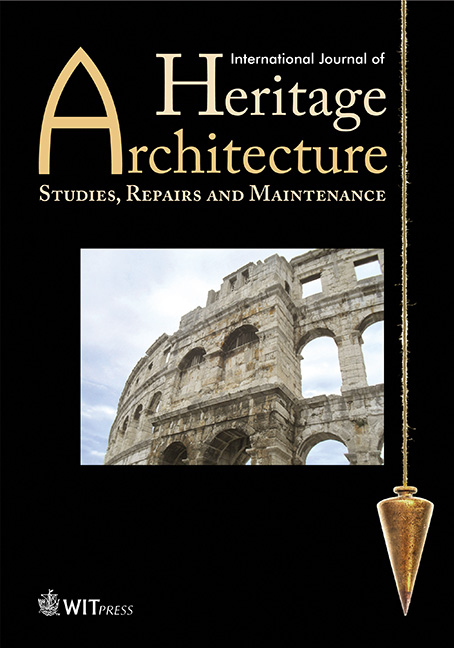Fortification and Frontier: The Project drawn up by Juan Martín Zermeño for Puebla de Sanabria in 1766
Price
Free (open access)
Volume
Volume 1 (2017), Issue 1
Pages
15
Page Range
1 - 16
Paper DOI
10.2495/HA-V1-N1-1-16
Copyright
WIT Press
Author(s)
V. Echarri
Abstract
Following the death of engineer General Jorge Próspero de Verboom in 1744 and after a few years of transition in the management of Spanish fortifications, Juan Martín Zermeño took on the role, initially with a temporary mandate, but then definitively during a second period that ran from 1766 until his death in 1772. He began this second period with a certain amount of concern because of what had taken place during the last period of conflict. The Seven Years War (1756–1763) which had brought Spain into conflict with Portugal and England in the Caribbean had also lead to conflict episodes along the Spanish–Portuguese border.
Zermeño’s efforts as a planner and general engineer gave priority to the northern part of the Spanish–Portuguese border. After studying the territory and the existing fortifications on both sides of the border, Zermeño drew up three important projects in 1766. The outposts that needed to be reinforced were located, from north to south, at Puebla de Sanabria, Zamora and Ciudad Rodrigo, which is where he is believed to have come from. This latter township already had a modern installation built immediately after the war of the Spanish Succession and reinforced with the Fort of La Concepción. However, Zamora and Puebla de Sanabria had some obsolete fortifications that needed modernising.
Since the middle of the 15th century Puebla de Sanabria had had a modern castle with rounded turrets, that of the counts of benavente. During the 16th and 17th centuries it had also been equipped with a walled enclosure with small bastions. During the war of the Spanish Succession the Portuguese had enlarged the enclosure and had erected a tentative offshoot to the west. In order to draw up the ambitious Puebla de Sanabria project Zermeño had the aid of some previous reports and projects, such as those by the count of robelin in 1722, the one by Antonio de Gaver in 1752, and Pedro Moreau’s report dated June 1755. This study includes a technical analysis of Zermeño’s project and its strategic position within the system of fortifications along the Spanish–Portuguese border.
Keywords
fortifications, Juan Martín Zermeño, Military engineers, Puebla de Sanabria, Spanish– Portuguese border.




